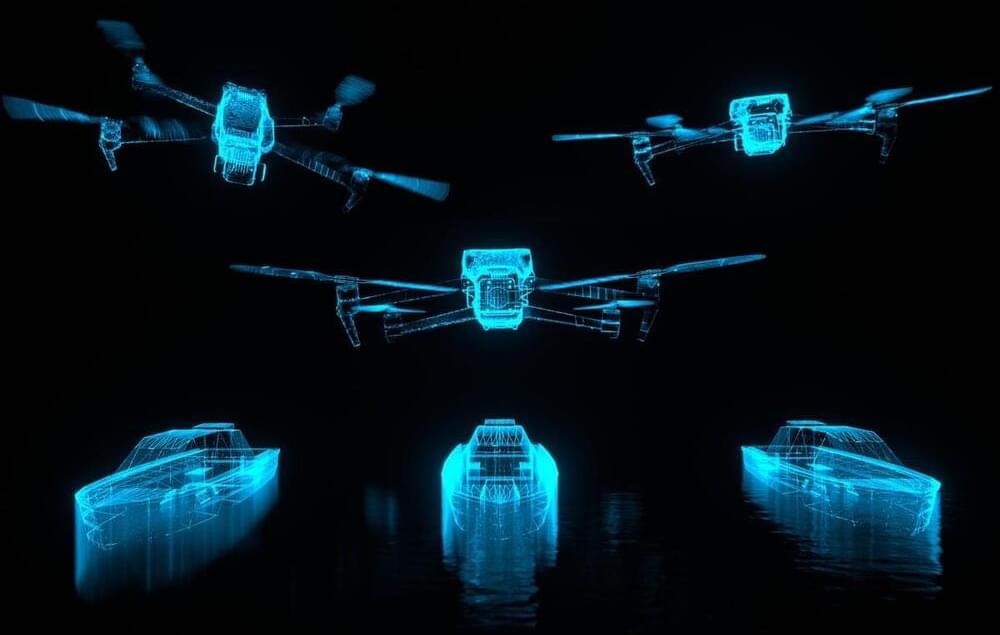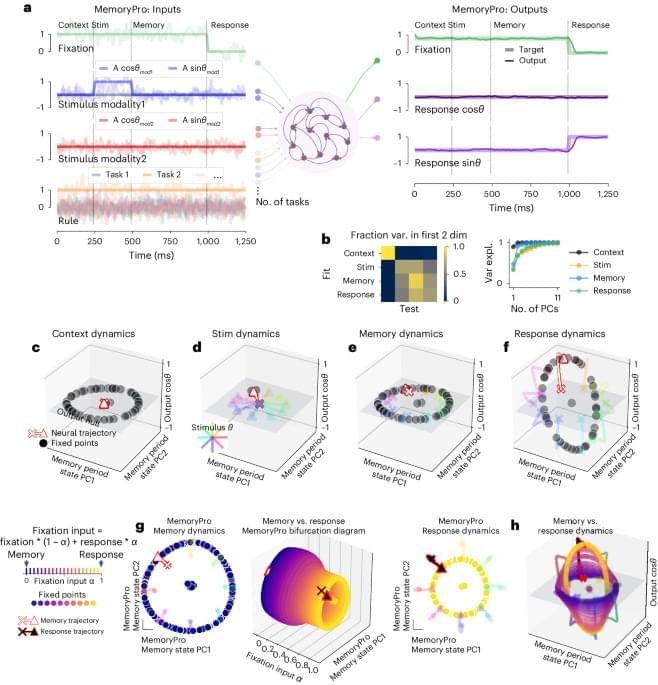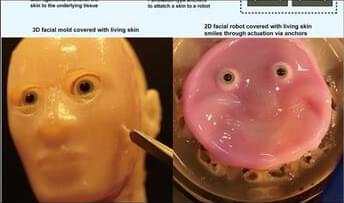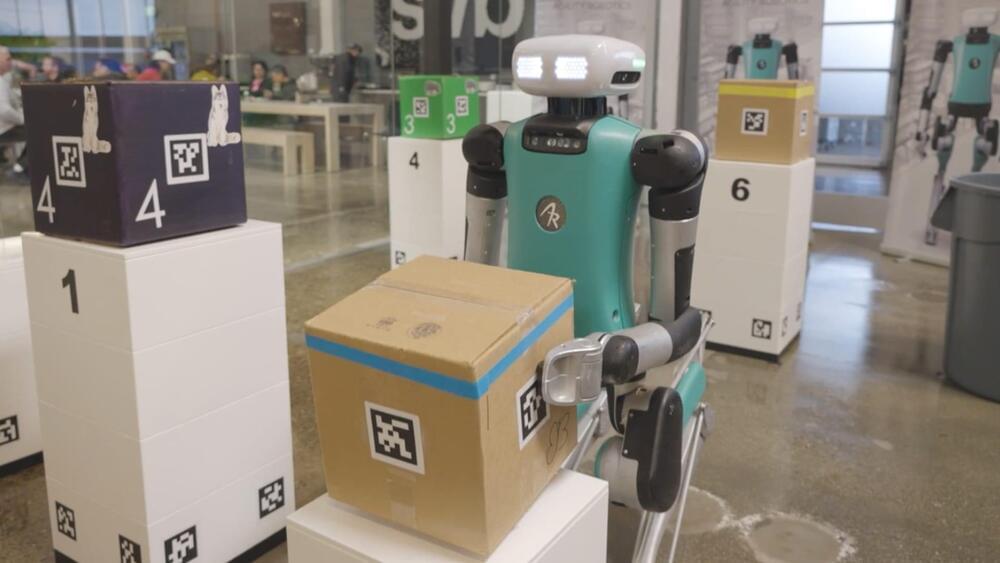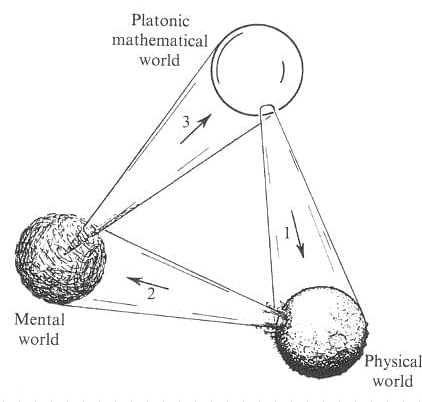Internet of Agents.
Weaving a web of heterogeneous agents for collaborative intelligence.
The rapid advancement of large language models (LLMs) has paved the way for the development of highly capable autonomous agents.
Join the discussion on this paper page.

